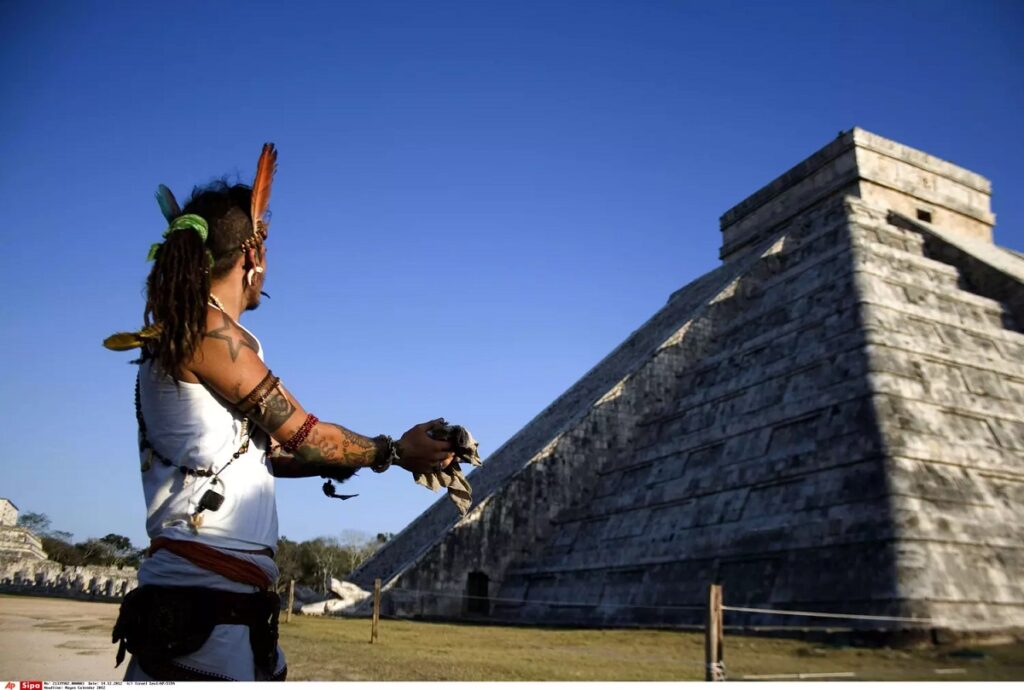The collapse of the Mayan civilization has perplexed historians for centuries. While many have turned to myths or divine reprimands to explain this downfall, fresh research is shedding light on a more pragmatic narrative—one that resonates deeply with our current global challenges. In fact, the implications of these findings might be more relevant to our lives than we initially recognize.
Peeling Back the Layers of the Maya’s Disappearance
The Mayan civilization, a once-thriving centre of culture and influence in Central America, began to show troubling signs as early as the 15th century. Thanks to rigorous research, experts are now illuminating the underlying causes of this dramatic decline, revealing a sobering interplay between environmental shifts and societal collapse.
One of the foremost revelations from these studies reveals that the disintegration of the Mayan society wasn’t an abrupt or cataclysmic event. Instead, it was a slow-burning crisis precipitated by dire environmental conditions. A 2022 study highlighted that this societal decline was largely driven by a series of political upheavals and internal conflicts—all stemming from a cluster of prolonged droughts.
Researchers have identified a crucial drought occurring between 1400 and 1450 AD as a significant factor in the downfall of Mayan capital, Mayapan. This drought underscored a dramatic shift—water scarcity led to agricultural failures and a breakdown of essential trade routes, destabilizing the framework of Mayapan. As crops withered and food became scarce, internal tensions simmered, escalating into civil conflict and the erosion of political structures within the city-state.
“Our findings affirm that the institutional collapse of Mayapan between 1441 and 1461 was a direct result of civil strife fueled by political competition and ambition,” noted one researcher.
A Battle for Water: The Legacy of Drought
The most startling insight from the research indicates that much of the civil discord and warfare during this period was rooted in competition for dwindling water resources. The extreme drought fostered an environment in which water sources became coveted assets, sparking a desperate water war. With survival hanging in the balance, former allies swiftly turned against each other, often finding that shared interests were not enough to overcome the struggle for a vital resource.
The drought’s impact went beyond daily survival—it incited political instability, forcing people to abandon the once-thriving city in search of safer environments. This migration splintered the Maya civilization, and although fragments of their culture persisted for a period, the fall of Mayapan heralded the beginning of a gradual, catastrophic decline, culminating in the civilization’s disappearance by 1520.
Climate Change: Echoes of the Maya’s Troubles and Their Relevance Today
The tale of the Maya’s downfall presents a potent allegory for our contemporary society. While they faced a natural disaster that lay beyond their control, the long-term effects of climate change significantly influenced their fate. Despite their remarkable achievements, the Maya found themselves ill-equipped to cope with the sweeping environmental transformations occurring in their homeland.
Today, we are confronted with similar, urgent challenges. Climate change is reshaping weather patterns, culminating in rising temperatures and more frequent droughts. A 2023 study confirmed that our atmosphere is warming at a rate exceeding 0.2°C per decade, with human actions, particularly fossil fuel combustion, largely to blame for this trend.
The lessons gleaned from the Maya’s experience serve as a crucial warning for modern societies: we must adapt to these environmental shifts and proactively tackle climate issues before they precipitate similar conflicts and struggles for existence. The decline of Mayapan wasn’t merely an ancient tragedy; it was an illustrative case of how environmental change can ignite political unrest, economic turbulence, and ultimately, social disintegration.
Gleaning Wisdom from History: Charting a Path Forward
The fall of the Maya civilization offers several lessons on the necessity of environmental resilience and sustainability. Today’s societies must prioritise sustainable practices, water conservation, and strategies for climate adaptation to prevent a repeat of past errors. The emergence of environmental activism, particularly from younger demographics, is promising, yet a leap from mere awareness to actionable policies is crucial.
Just as the Mayas adapted their agricultural methods to suit their environment, modern societies must innovate and adapt in the face of our current climate challenges. While history doesn’t necessarily repeat itself, ignoring environmental sustainability could lead to equally dire outcomes.
In summation, the collapse of the Mayan civilization may have occurred centuries ago, but its insights remain profoundly relevant. As we navigate an increasingly unpredictable climate, the fall of Mayapan stands as a testament that no society is shielded from the consequences of environmental shifts. We must act decisively to secure a future where subsequent generations won’t recount our era as another lost civilization.







